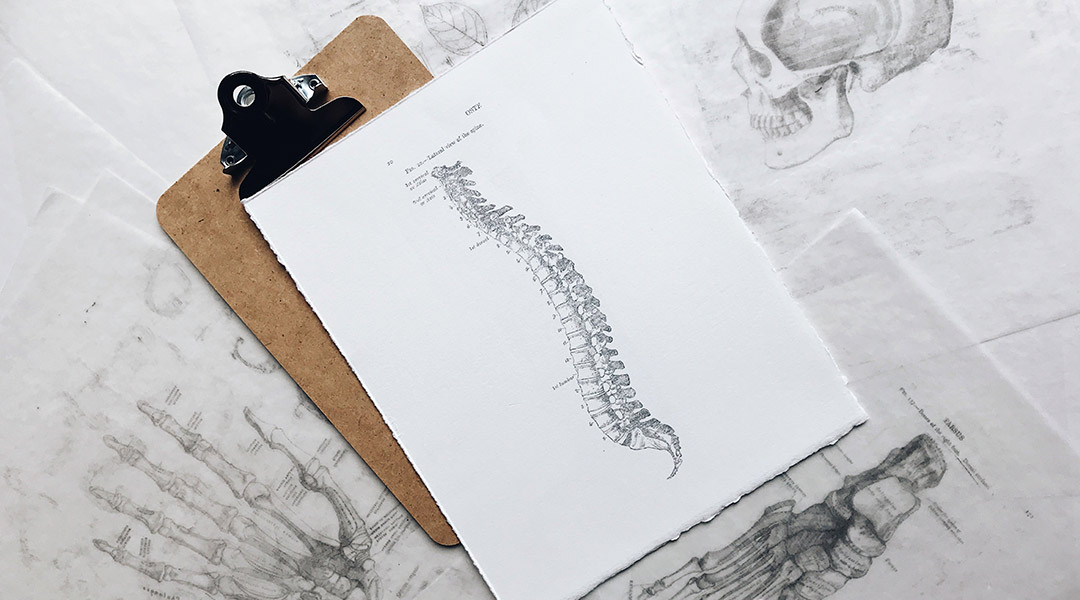Image credit: Joyce McCown on Unsplash
Spinal cord repair and recovery of motor function after injury could one day be a possibility with a new hydrogel platform developed by researchers in China.
When the spinal cord is completely severed, neural connections as well as blood supply are interrupted, leading to paralysis. To improve the outcomes for spinal cord repair, researchers implanted a photosensitive hydrogel in a rat model of spinal cord injury. The hydrogel scaffold continuously and slowly released Taxol and collagen-binding stromal derived factor (SDF)-1
Taxol – loaded into liposomes to improve delivery – guides and stimulates nerve regrowth. To preserve blood flow to the disrupted spine, the researchers used the cytokine, SDF-1alpha to promote formation and repair of the fine network of blood vessels. Without the supply of oxygen, growth factors and nutrients carried in the blood, tissue death is inevitable, and so efforts to restore neuronal function become somewhat futile. Nevertheless, few studies to date have focussed on the repair of microvascular networks in damaged spinal tissue.
“There is an interaction between nerves and blood vessels, which together maintain the stability of spinal cord-related neural functions,” said Associate Professor Xing Li of Xiangya Hospital of Central South University, who led the study together with Professor Jianwu Dai of the Institute of Genetics and Developmental Biology.
The hydrogel loaded with both Taxol and SDF-1alpha reduced scarring, and promoted long outgrowths from spinal neurons and formation of blood vessels throughout the lesion up to six weeks post implantation. Li and co-workers report their findings in Advanced Healthcare Materials.
With sustained release of Taxol and SDF-1alpha from the implanted hydrogel, the rats regained some hindlimb motor function after six weeks.

The gelatin-based hydrogel scaffold, on its own, reduced formation of scar tissue, which can hamper healing by blocking off neural connections and blood flow between the two sides of a severed spine. The hydrogel – transformed from liquid form by visible light – provides a scaffold for tissue regeneration with pore sizes suitable for migration of recruited endothelial and progenitor cells as well as cell growth.
Li said that while other scaffold systems have been used by other researchers to promote healing of injured spinal cords, the key benefit of their approach is the effective combination between the two drugs and the hydrogel, which enables their mutually enhancing therapeutic effects.
These results are encouraging, but the authors point out that we are some time away from being able to restore significant motor function via this form of spinal cord repair. More work to refine this treatment is required to effectively reconnect neural circuits and recover normal motor function.
“One of the biggest challenges in spinal cord injury repair is how to achieve ideal neural circuit regeneration, that is, how to direct the regenerated nerve fibres across the injury site to adequately innervate their original targets,” said Li.
Reference: Dingyang Liu, et al., Dual-Cues Laden Scaffold Facilitates Neurovascular Regeneration and Motor Functional Recovery After Complete Spinal Cord Injury, Advanced Healthcare Materials (2021). DOI: 10.1002/adhm.202100089

















